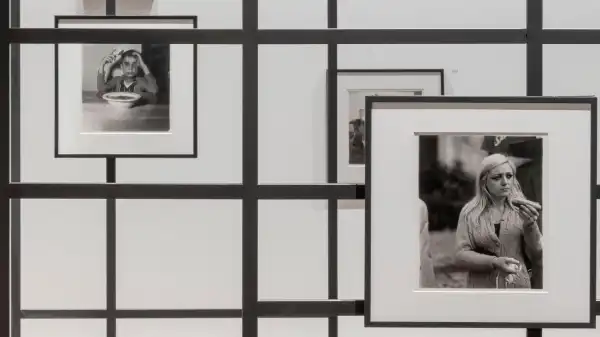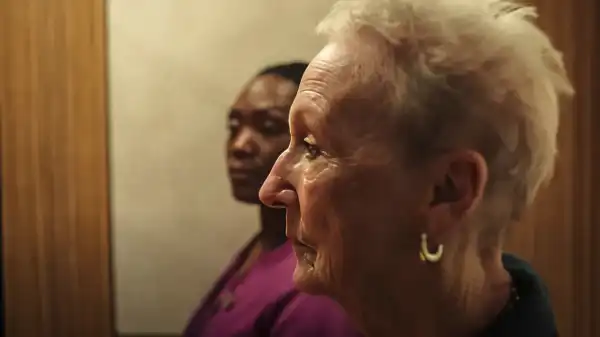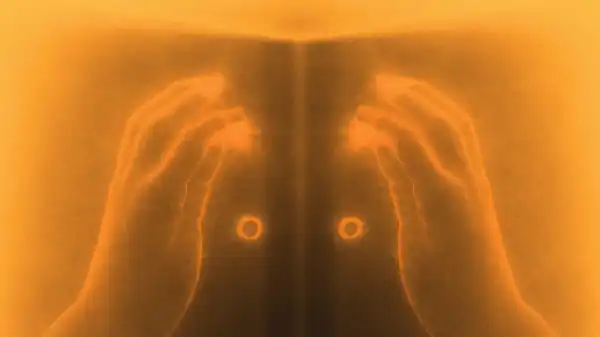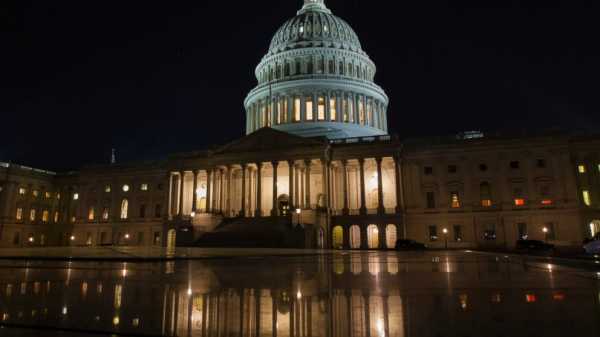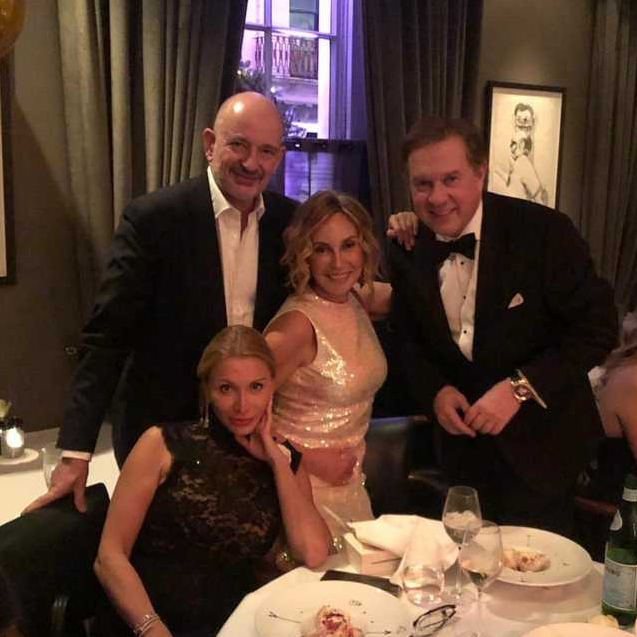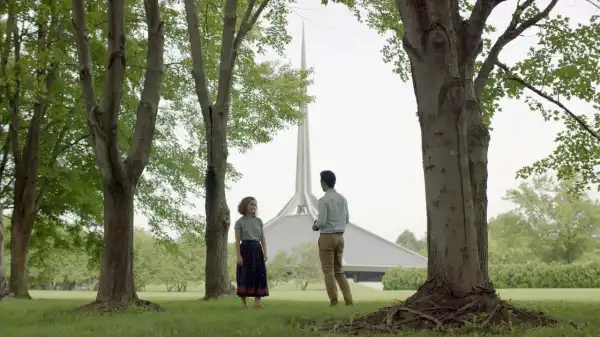
Save this storySave this storySave this storySave this story
There’s a special category of film that’s inextricably linked to the location where it was made. These locations don’t just serve as scenic backdrops for the action, but become part of the narrative—as if the film were simultaneously a fictional story and a locale-centric documentary. One of the greatest examples of this genre is Kogonada’s under-recognized 2017 Columbus, now available for free on Tubi. The film’s title refers to the Indiana town of the same name, home to only about fifty thousand people but nonetheless important to the contemporary architectural landscape, thanks in large part to the generous philanthropy of local businessman J. Irwin Miller, who created a foundation in 1954 to commission and finance public buildings from prominent, innovative architects like Eero Saarinen, I.M. Pei, Robert Venturi, and Robert A.M. Stern. The architectural appearance of Columbus is an integral part of the film's dramaturgy; most notably, it also shapes the style of the entire film.
Columbus is a coming-of-age story—perhaps the only cinematic novel about buildings—that centers on a young woman’s deep connection to the city’s architectural masterpieces, and to architecture in general. Haley Lu Richardson stars as Casey, a librarian at the I.M. Pei public library. Casey graduated from high school a year ago; while her friends went off to college, she stayed home to care for her mother (Michelle Forbes), who is in rehab for a drug addiction. Casey dreams of becoming an architectural tour guide for the city; she knows a lot about its famous landmarks and genuinely cares about them. But it’s a solitary passion until a visitor named Jin (John Cho) arrives from Korea. His estranged father is a renowned elderly architect who collapses and is left in critical condition while visiting Columbus. Casey and Jean meet by chance, and when she begins discussing the city's architecture with him, he is platonically captivated by her intellectual depth. Wanting to help Casey change her life, he introduces her to his old friend, a professor named Eleanor (Parker Posey), who hosted his father.
From the very beginning of Columbus, Kogonada makes architectural cinema with a breadth and depth that becomes integral to the characters’ experiences; he brings the city’s grand buildings to life by showing them in action. Eleanor moves through and around the sharp perpendicular lines and open spaces of Eero Saarinen’s famous Miller House; Casey, rehearsing a tour lecture, strolls near the concrete tower of Eero’s father, Eliel Saarinen’s First Christian Church; in the library where she works, visitors wander between theatrical rows of low parallel shelves; she applies for a job in Myron Goldsmith’s bright glass offices of the Republic newspaper. Kogonada’s images—sometimes linear, sometimes diagonal, sometimes wide, sometimes close, sometimes tracking people in motion, sometimes still—are as quietly rapt as Casey’s. They connect buildings and characters with a sensibility that is both graceful and precise. In one of the film’s most exquisite moments, Casey shows Jean, from the ordinary confines of her car, a building that has evoked an aesthetic feeling in her; then her hand, holding a cigarette, traces the contours of the building, seen from her own passionately abstracted perspective.
Through its conventional naturalistic means, Columbus exhibits a strikingly unified aesthetic; even elements of the film that are physically independent of the city’s architecture are imbued with it. The poise of cinematographer Elisha Christian’s images adds a temporal dimension to the architecture. Long takes blend with the cool serenity of the buildings, creating a bold visual statement about the contemplative aesthetic of modernism. A crucial aspect of cinematic time is editing; Kogonada creates his own in Columbus, using varied rhythms and unexpected cuts. He also wrote the screenplay, and the writing and editing together remind me of something I once heard director James Gray say: that feature film narratives have their own architecture. Kogonada underscores this idea in a way that reflects the film’s theme. The film’s dramatic structure, for all its solidity, embodies in its ellipses and asymmetries the shifting contemporary identity of revered masterpieces of civic painting.
Long conversations in the shadow of the city’s mighty monuments seem softened by their awe-inspiring power. The dialogue itself, laconic and dense, stylized and expressive, is consistent with Kogonada’s overall approach. Scenes of extended discussion feel alive, even at a meditative pace, because of the way the spoken lines overlap and because of the energetically conceived performances that bring the characters to life. While Casey’s aesthetic sensibility is strong, there’s also an inherent lack of
Sourse: newyorker.com
